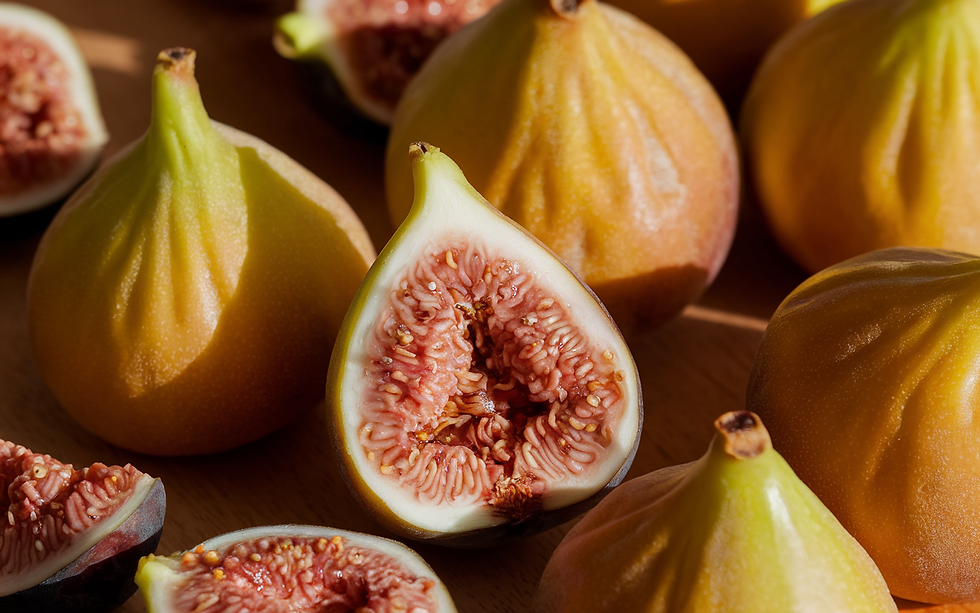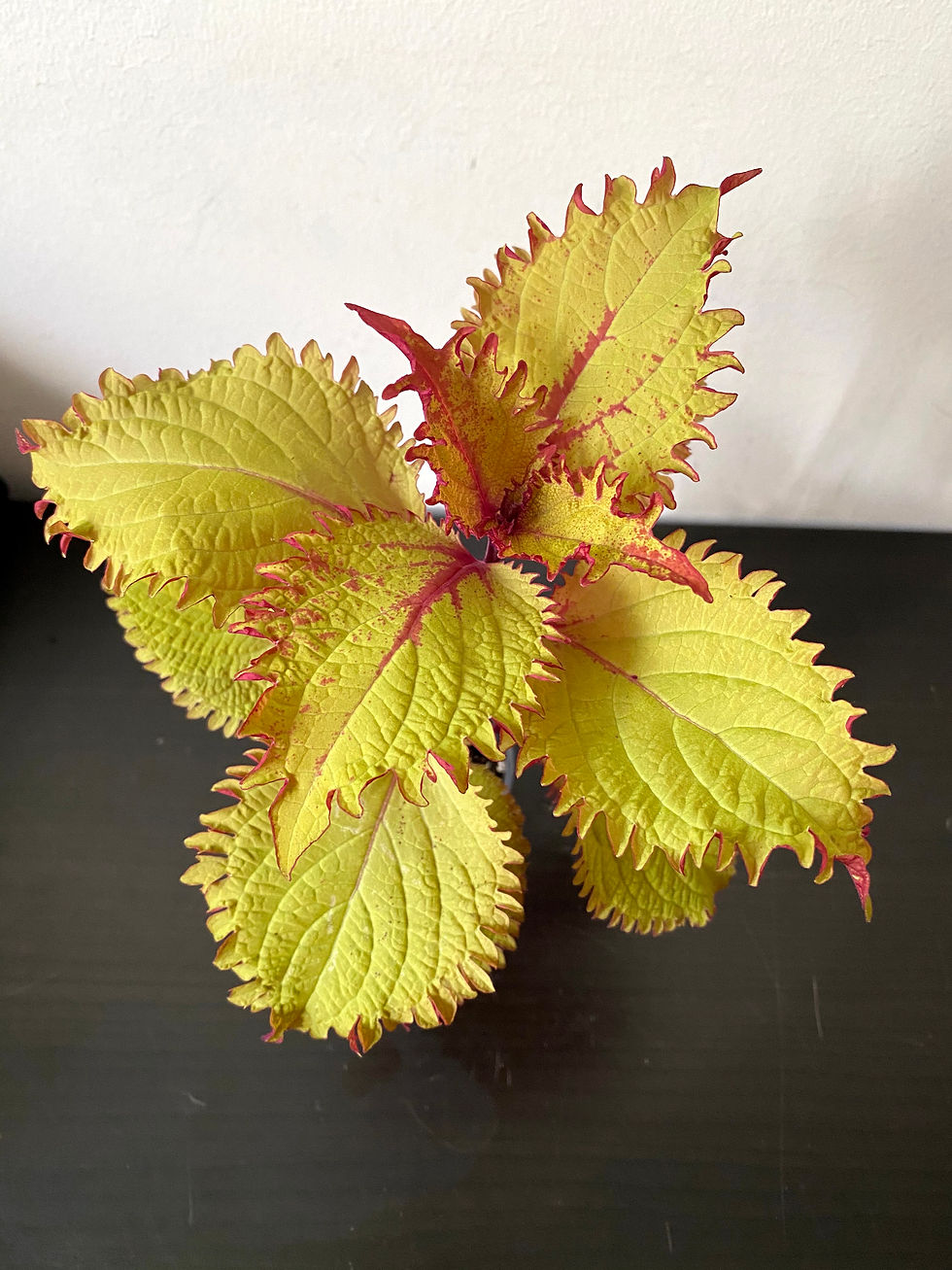Caring for Your Fig Tree: A Step-by-Step Guide
- Alla P.
- Nov 9
- 4 min read

Growing your own fig tree can be a rewarding experience. Whether you want fresh figs for your kitchen or enjoy the beauty of its lush leaves, taking care of this plant is easier than you might think. This fig tree care guide will walk you through everything you need to know to keep your fig tree healthy and thriving.
Understanding Your Fig Tree Care Guide
Before diving into the care routine, it helps to understand what your fig tree needs. Fig trees are hardy and adaptable, but they do best with some attention to their environment and care.
Sunlight: Fig trees love sunlight. Aim for at least 6 hours of direct sun daily.
Soil: Well-draining soil is key. Fig trees don’t like to sit in water.
Water: Keep the soil moist but not soggy. Overwatering can cause root rot.
Temperature: They prefer warm climates but can tolerate mild cold if protected.
Knowing these basics will help you create the perfect home for your fig tree.
Fig Tree Care Guide: Planting and Location Tips
Choosing the right spot for your fig tree is crucial. If you’re planting outdoors, pick a sunny location with good air circulation. If you’re growing indoors or in a container, place it near a south-facing window where it can soak up plenty of light.
When planting, dig a hole twice as wide as the root ball but no deeper. Mix some compost into the soil to give your tree a nutrient boost. After planting, water thoroughly to settle the soil around the roots.
If you live in a colder area, consider growing your fig tree in a pot. This way, you can move it indoors during winter to protect it from frost.
Fig Tree Care Guide: Watering and Feeding
Watering your fig tree correctly is one of the most important steps. During the growing season, water deeply once a week. If the weather is hot and dry, increase watering to twice a week. In winter, reduce watering to once every two weeks or less.
Feeding your fig tree helps it grow strong and produce fruit. Use a balanced fertilizer with equal parts nitrogen, phosphorus, and potassium. Apply fertilizer every 4-6 weeks during spring and summer. Avoid over-fertilizing, as this can lead to excessive leaf growth but fewer fruits.
Here’s a simple feeding schedule you can follow:
Early spring - apply fertilizer to encourage new growth.
Mid-summer - feed again to support fruit development.
Late summer - stop feeding to allow the tree to prepare for dormancy.
Fig Tree Care Guide: Pruning and Maintenance
Pruning your fig tree keeps it healthy and productive. The best time to prune is in late winter or early spring before new growth starts. Remove any dead, damaged, or crossing branches. This opens up the tree, allowing sunlight and air to reach the inner branches.
Keep the tree’s shape balanced by cutting back overly long branches. If your fig tree is in a pot, pruning also helps control its size.
Regularly check for pests like aphids or scale insects. If you spot any, treat them with insecticidal soap or neem oil. Keeping your tree clean and well-maintained reduces the risk of disease.
Fig Tree Care Guide: Harvesting and Using Your Fig Tree’s Fruit
When your fig tree starts producing fruit, you’ll want to know the best way to harvest and enjoy it. Figs are ripe when they are soft to the touch and have a rich color. They don’t continue to ripen after picking, so wait until they are fully ripe on the tree.
Pick figs gently to avoid bruising. Fresh figs are delicious eaten raw, added to salads, or baked into desserts. You can also dry figs for long-term storage or use them in herbal teas and natural remedies.
If you’re interested in dried herbs and flowers, the leaves of the fig tree can be dried and used in teas or as a natural remedy. Just pick healthy leaves, wash them, and air dry in a cool, dark place.
Tips for Winter Care and Protecting Your Fig Tree
If you live in an area with cold winters, protecting your fig tree is essential. For outdoor trees, mulch heavily around the base to insulate the roots. You can also wrap the trunk with burlap or frost cloth.
For potted fig trees, bring them indoors before the first frost. Place them in a bright, cool room and reduce watering during winter. This rest period helps the tree conserve energy for the next growing season.
Keep an eye on your tree during winter. Remove any dead leaves and check for signs of pests or disease. Proper winter care ensures your fig tree will bounce back strong in spring.
Enjoying the Benefits of Your Fig Tree
Caring for your fig tree is more than just gardening - it’s about connecting with nature and enjoying the fruits of your labor. Whether you use fresh figs in your cooking, dry the leaves for tea, or simply admire the tree’s beauty, you’re nurturing a living treasure.
If you want to start your own, consider getting a fig tree from a trusted source. Healthy, well-grown plants make all the difference in your gardening success.
With patience and care, your fig tree will thrive and bring joy for years to come. Happy gardening!

























Comments